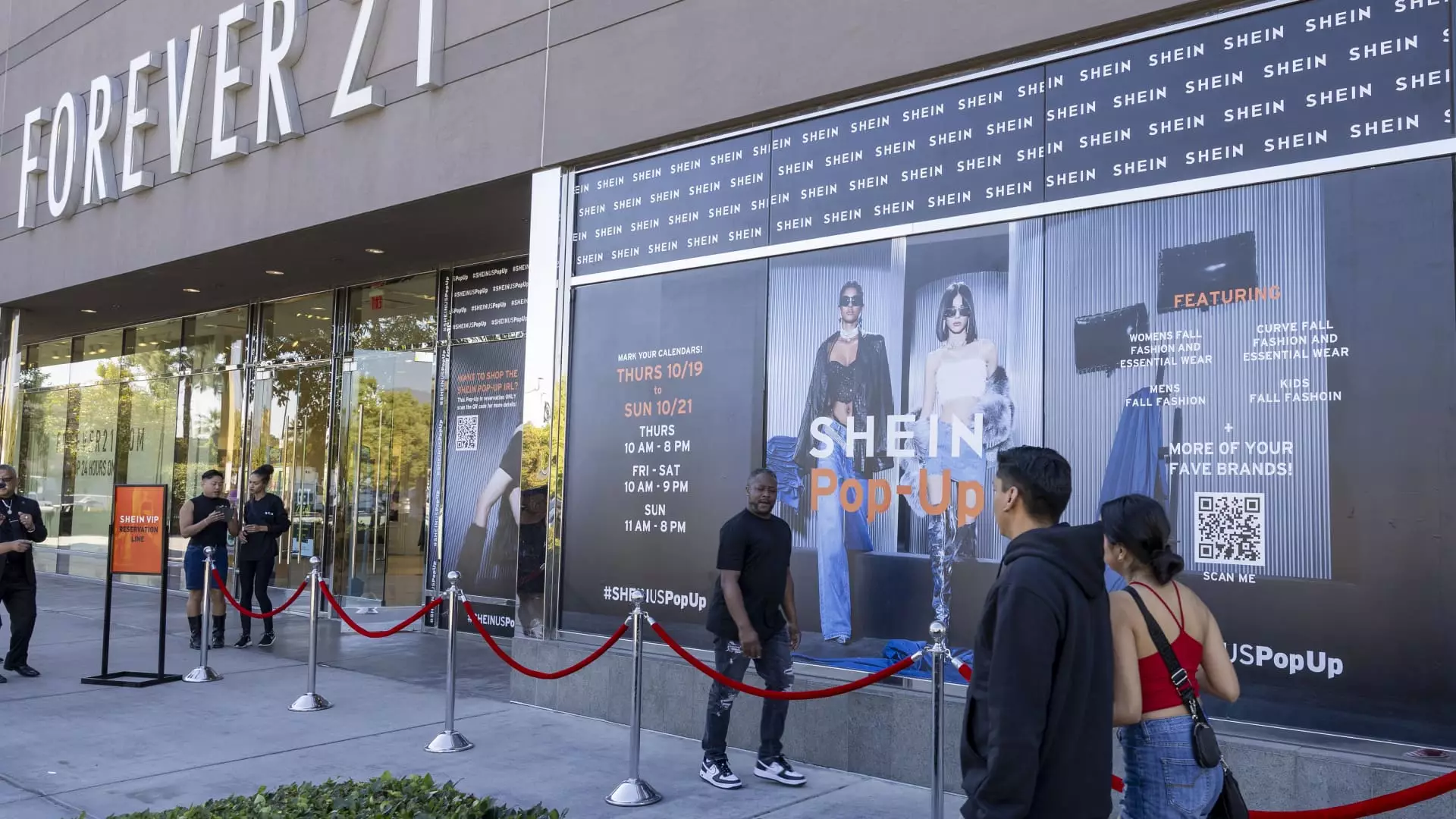Forever 21, a legacy fast-fashion player, is currently facing financial difficulties that are causing the company’s sales to decline. The retailer, with over 380 stores in the U.S., has reached out to landlords to request a decrease in rent, with some landlords being asked to cut rent by as much as 50%. This move shows the desperation of the company as it struggles to keep up with more innovative and financially stable competitors in the fast-fashion market. While this cost-cutting measure may provide temporary relief, it is not a sustainable solution to the underlying issues that Forever 21 is facing.
One of the key problems that Forever 21 is encountering is its inability to effectively manage inventory. The company is finding it challenging to understand and respond to its consumers, leading to issues with overstocking or understocking products. This mismanagement of inventory can result in financial losses and decreased customer satisfaction. It is crucial for Forever 21 to implement better inventory management practices to ensure that its stores are stocked with products that align with consumer preferences and trends.
Another red flag raised in the analysis of Forever 21 is its consistent pattern of late payments to vendors. Data from Creditsafe has shown that the retailer has been consistently paying its vendors late over the past year, with some bills going more than 70 days past due in late 2023. Late payments to vendors can indicate larger financial troubles within a company, as it may suggest cash flow issues or a lack of financial stability. Forever 21 must address this issue and ensure that payments to vendors are made promptly to maintain healthy business relationships.
Forever 21 operates in the fast-fashion market, which has become increasingly saturated over the years. The retailer’s struggles to keep up with more agile and innovative competitors like Shein and Temu, which operate on on-demand manufacturing models, highlight the challenges that legacy players face in the industry. The rapid pace of production and responsiveness to consumer trends by these ultra-fast-fashion retailers pose a significant threat to companies like Forever 21 that have been slow to adapt to changing market dynamics.
One of the strategies that Forever 21 has implemented to address its challenges is its partnership with Shein, a Chinese-linked fast-fashion behemoth. Under this partnership, Shein will design, manufacture, and distribute a line of co-branded Forever 21 apparel and accessories, which will be primarily sold on Shein’s website. This collaboration aims to leverage Shein’s strong supply chain and trend forecasting capabilities to drive positive foot traffic to Forever 21’s stores. However, the success of this partnership remains to be seen, as Shein’s business model differs significantly from traditional retailers like Forever 21.
Forever 21’s struggles in the fast-fashion market are indicative of larger issues within the company, including financial difficulties, inventory mismanagement, and fierce competition from more agile rivals. While cost-cutting measures and partnerships may provide temporary relief, it is essential for Forever 21 to address these underlying issues to ensure its long-term viability in the industry. The company must focus on improving its inventory management practices, addressing late payment issues, and developing strategies to compete effectively in an evolving market landscape.

